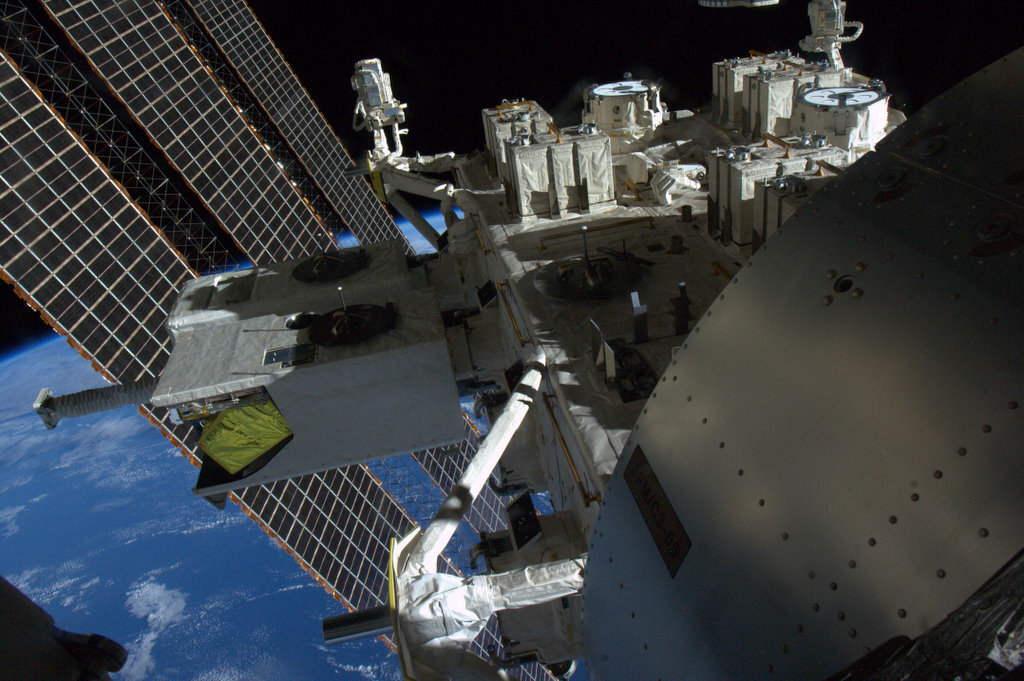ScienceRocks
Democrat all the way!
- Thread starter
- Banned
- #141
Switzerland will start testing this chubby spaceplane next year
Switzerland will start testing this chubby spaceplane next year | DVICE
Evan Ackerman
Tuesday, March 19, 2013 - 3:58pm
Switzerland will start testing this chubby spaceplane next year | DVICE
Evan Ackerman
Tuesday, March 19, 2013 - 3:58pm
.Swiss Space Systems (S3), a Swiss company that develops, er, space systems, has managed to pull together $265 million to build a prototype of a small, autonomous spaceplane that would be able to quickly and efficiently launch satellites into orbit. For just $10.5 million, you'd be able to send a 250kg satellite payload into a 700km orbit, which is about four times cheaper than it costs right now.
To make this work, S3 is relying on the recently popular first-stage aircraft, using an Airbus A300 to hoist the spaceplane up to 33,000 feet. The spaceplane then pops off, and fires up its rocket engine to make it up to 260,000 feet (80km) or so. This seems like a long way from the 700km target orbit, but it's above Earth's problematic atmosphere and at orbital velocity already, so all that's necessary to travel the remaining 620km is to release the payload along with a small, expendable upper stage
Last edited:



